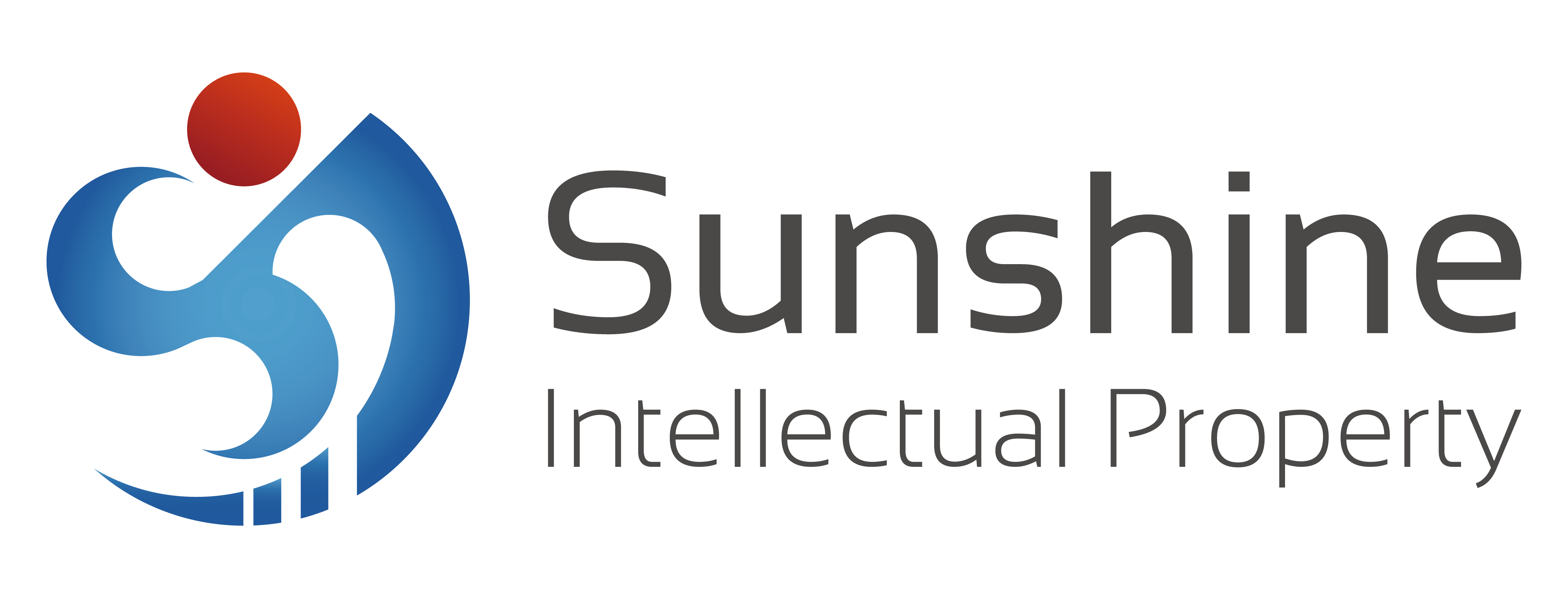Perhaps you have just graduated from school, or perhaps you are considering a career change. Maybe you look at job postings with terms like "patent layout", "patent early warning", and "patent navigation" and have no idea what they mean. Or maybe you have long been interested in the position of patent analyst but have been too hesitant to take that step. Well, let this writer guide you through the fog and show you how an engineering novice with no patent background can make a comeback!
To be a patent analyst, the first thing is to clearly understand what patent analysis actually is.
As the name suggests, patent analysis is beyond doubt. Patent documents contain important technical, legal and economic information. By retrieving, processing, organizing and analyzing this information, it can be transformed into intelligence with an overview and predictive function, thereby providing reference for decision-making in the development of technology, products and services in enterprises or for government decision-making.
However, patent analysis is not merely about analyzing patents. Obtaining various types of data resources related to the project through different means and then deeply integrating and analyzing them with patent data is also one of the important tasks of patent analysts. It goes without saying that various search engines are used, but industry books, academic journals, government policies, government statistical yearbooks, industry association websites, industry research reports, prospectuses, financial reports of listed companies, etc., are all important data resources and analysis objects that assist patent analysis.
In conclusion, the integration of patent intelligence and non-patent intelligence jointly forms the foundation of patent analysis. Data serves as the basis, analysis acts as the bridge, and the valuable conclusions and suggestions ultimately derived are the original aspiration and mission of patent analysts.
No matter what job you do, getting the meaning of the job and having a genuine sense of identification will surely make you more energetic at work and support you to go further. So, what is the significance of patent analysis work?
For instance, in the business activities such as R&D project initiation, production and sales, conducting patent early warning analysis can help enterprises avoid duplicate R&D, identify infringement risks and formulate response plans, minimizing potential losses. In 2009, when Guodian Futong Company was bidding its ash removal system for thermal power plants in the Indian market, it entrusted Sanju Sunshine to conduct a patent risk investigation for the ash removal system of thermal power plants in the Indian market and formulate a reasonable response plan. When it was sued for patent infringement by the Italian Magaldi Company, it successfully defended itself and avoided huge losses.
For instance, in business operations and innovation activities, patent navigation and layout can help enterprises understand the technological development route, analyze future trends, identify technological hotspots and blank spots, and explore potential layout points, providing guidance and strategic advice for enterprise R&D.
In conclusion, patent analysis helps enterprises to solve practical problems from a "God's-eye view". Such an important task naturally brings a great sense of achievement to analysts.
Having clarified the content of the analysis work and grasped its significant meaning, it's time to roll up our sleeves and get down to business.
Master essential skills
From the patent analysis process, following the map step by step, demand matching communication, intelligence collection, patent search, data processing, data analysis and visualization, text expression, induction and deduction, strategy formulation... are all the core skills of an analyst. Although it may seem that the requirements are a little bit high, there is no need for newbies to worry. In fact, if you truly devote yourself to the work, you will find that many skills come naturally.
Learning is a lifelong journey.
Surely, from the previous introduction, you can tell that although the patent analysis industry is niche, the knowledge it involves is all-encompassing. As the excavators of patent treasures, explorers of patent intelligence, guides for R&D directions, early warning systems for market expansion, good assistants for the government's intellectual property work, and good advisors for enterprises to formulate intellectual property strategies, patent analysts naturally need to be highly talented and well-versed. So where should newbies start? Let's listen to the detailed explanation from the editor.
First of all, let's talk about the well-known introductory books in our field: "Patent Analysis Practice Manual", "Patent Analysis Data Processing Practice Manual", "Patent Analysis Visualization", "Industry Patent Analysis Report" series... However, the editor would like to remind you to try to read them in combination with the actual problems in your work, and do it in a targeted manner. After all, your energy is limited, and patent analysis work is a bit complicated. It's not something you can do well just by casually reading some books.
Secondly, there are various free online resources. For instance, the National Intellectual Property Administration, local intellectual property administrations, and protection centers have meticulously arranged public welfare lectures and training courses for enterprises and industry insiders. These cover everything from patents to other intellectual property rights, from basic knowledge to practical operations, and from domestic to international aspects. They are quite comprehensive. Additionally, some commercial databases also offer training courses. For example, the Wisetop Academy on the Wisetop platform has over a thousand courses waiting for you to complete.
In addition, some official accounts often release key and hot topics related to intellectual property rights, which can be followed and learned from, such as Sanju Observation Daily. Moreover, in daily life and work, one can also pay more attention to national policies, financial reports, social public opinions, etc., to expand one's knowledge base. After all, our analysis subjects are "all-round players" integrating technology, law and economy.
Finally, and most importantly, constantly "leveling up" by taking on challenges at work is the most effective way to learn. After all, theory is rich and full, but reality is harsh and unyielding. Each analytical project is unique, and only through personal experience can one truly grasp its subtleties. During the project, it's beneficial to seek advice and learn from the experienced colleagues around you; sometimes, a few words from them can be more valuable than years of study. Even more crucial is the timely reflection and review after the project, summarizing replicable experiences and internalizing them as your own "secret manual of skills".
The best time to plant a tree was ten years ago; the second best time is now. For those of you who are determined to make a mark in the field of patent analysis, take action now!
Dear patent agency colleagues, if you wish to expand your capabilities or switch tracks directly, how can you make a swift transformation and a stunning transition? Don't miss the exciting content in the next issue!
How can a science and engineering novice grow into a patent analyst?
Published Date:2025-01-29
Views:304

